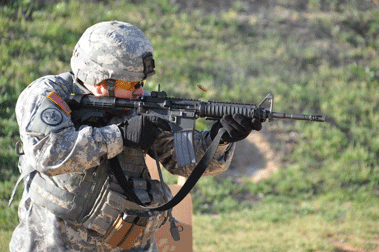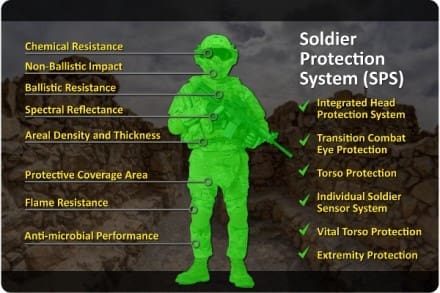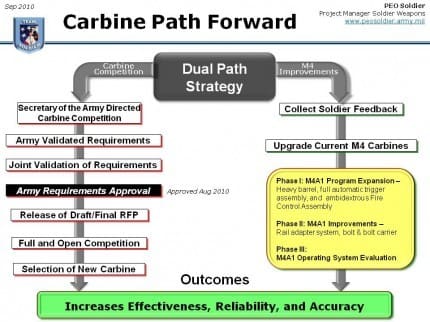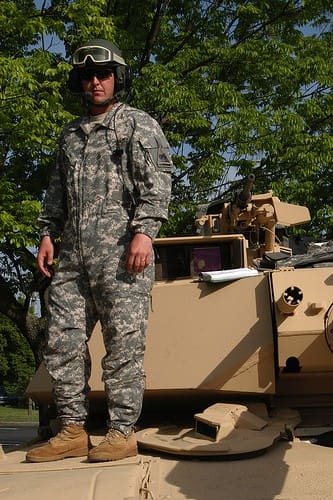I was alerted just an hour ago by multiple industry sources that the US Army Individual Carbine competition had concluded since none of the contenders made it past Phase II.
We understand that the Army plans to release a statement shortly. In that statement we expect that Army to verify this story and explain that none of the contenders offered a significant improvement over the currently issued M4 carbine.
This twist makes pending legislation in the House of Representatives version of the National Defense Authorization Act requiring the Army to complete the IC competition moot. Additionally, it allows the Army to reprogram funds set aside for the IC for other use.
The cancellation also falls in line with a prediction we made in March following testimony by Ms. Lynne M. Halbrooks, Principal Deputy Inspector General, Department of Defense Inspector General before the Committee on Oversight and Government Reform that the program would be cancelled.
Below is the Army’s press release.
FT. BELVOIR (13 June 2013) Following extensive testing of vendor-submitted carbines, the Army announced today that the Individual Carbine (IC) competition will formally conclude without the selection of a winner. None of the carbines evaluated during the testing phase of the competition met the minimum scoring requirement needed to continue to the next phase of the evaluation.
In lieu of a new competition for an IC, the Army will continue fielding and equipping Soldiers with the M4A1 carbine, which consistently performs well and has received high marks from Soldiers. Given limited fiscal resources, the Army’s decision would free IC funding to address other high priority Army needs. This decision is also consistent with recent testimony by the Department of Defense Inspector General (DODIG) before the Committee on Oversight and Government Reform, which questioned the value of an IC competition in light of existing upgrades to the M4 carbine.
The IC program consisted of a three-phased competitive strategy to determine whether industry could provide a best-value, improved alternative to the M4A1 carbine. Phase I consisted of reviews of vendor proposals and non-firing evaluations of bid samples. All vendors successfully met Phase I criteria. In 2012, the Army commenced Phase II of the competition, which subjected IC candidates to rigorous evaluations that tested the extreme limits of weapon performance in such areas as weapon system accuracy, reliability, and durability. For Phase III, the Army planned to award between zero and three contracts for weapons meeting Phase II requirements for further environmental and operationally oriented Soldier testing. Upon completion of all testing, the Army planned to conduct a cost benefit analysis between the top performing competitor and the M4A1 carbine.
At the conclusion of Phase II testing, however, no competitor demonstrated a significant improvement in weapon reliability — measured by mean rounds fired between weapon stoppage. Consistent with the program’s search for superior capability, the test for weapon reliability was exceptionally rigorous and exceeded performance experienced in a typical operational environment.
Based upon Army analysis, test results may have been affected by interaction between the ammunition, the magazine and the weapon. The Army’s existing carbine requirement assumed use of the M855 ammunition; the weapons tested in the IC competition all fired the next generation M855A1 Enhanced Performance Round (EPR) currently in fielding. The use of the M855A1 round likely resulted in lower than expected reliability performance. These effects are unique to testing conditions and are not known to affect the reliability of any weapon in the operational environment.
The Army’s decision not to pursue a new carbine competition was reached following careful consideration of the Army’s operational requirements in the context of the available small arms technology, the constrained fiscal environment, and the capability of our current carbines. The Army remains committed to the development of future competitive opportunities that support Army small arms modernization.




















































































































